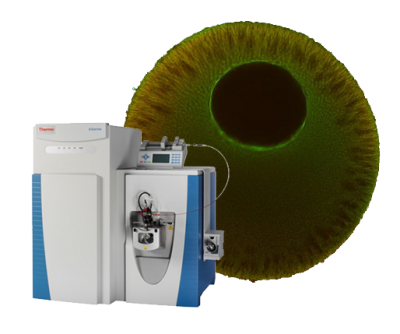Proteome capacity constraints favor respiratory ATP generation
Publication Year
2022
Type
Journal Article
Abstract
Cells face competing metabolic demands. These include efficient use of both limited substrates and limited proteome capacity, as well as flexibility to deal with different environments. Flexibility requires spare enzyme capacity, which is proteome inefficient. ATP generation can occur via fermentation or respiration. Fermentation is much less substrate-efficient, but often assumed to be more proteome efficient 1–3, thereby favoring fast-growing cells engaging in aerobic glycolysis 4–8. Here, however, we show that mitochondrial respiration is actually more proteome-efficient than aerobic glycolysis. Instead, aerobic glycolysis arises from cells maintaining the flexibility to grow also anaerobically. These conclusions emerged from an unbiased assessment of metabolic regulatory mechanisms, integrating quantitative metabolomics, proteomics, and fluxomics, of two budding yeasts, Saccharomyces cerevisiae and Issatchenkia orientalis, the former more fermentative and the latter respiratory. Their energy pathway usage is largely explained by differences in proteome allocation. Each organism’s proteome allocation is remarkably stable across environmental conditions, with metabolic fluxes predominantly regulated at the level of metabolite concentrations. This leaves extensive spare biosynthetic capacity during slow growth and spare capacity of their preferred bioenergetic machinery when it is not essential. The greater proteome-efficiency of respiration is also observed in mammals, with aerobic glycolysis occurring in yeast or mammalian cells that maintain a fermentation-capable proteome conducive to both aerobic and anaerobic growth.Competing Interest StatementThe authors have declared no competing interest.
Journal
bioRxiv
Pages
2022.08.10.503479
Documents

